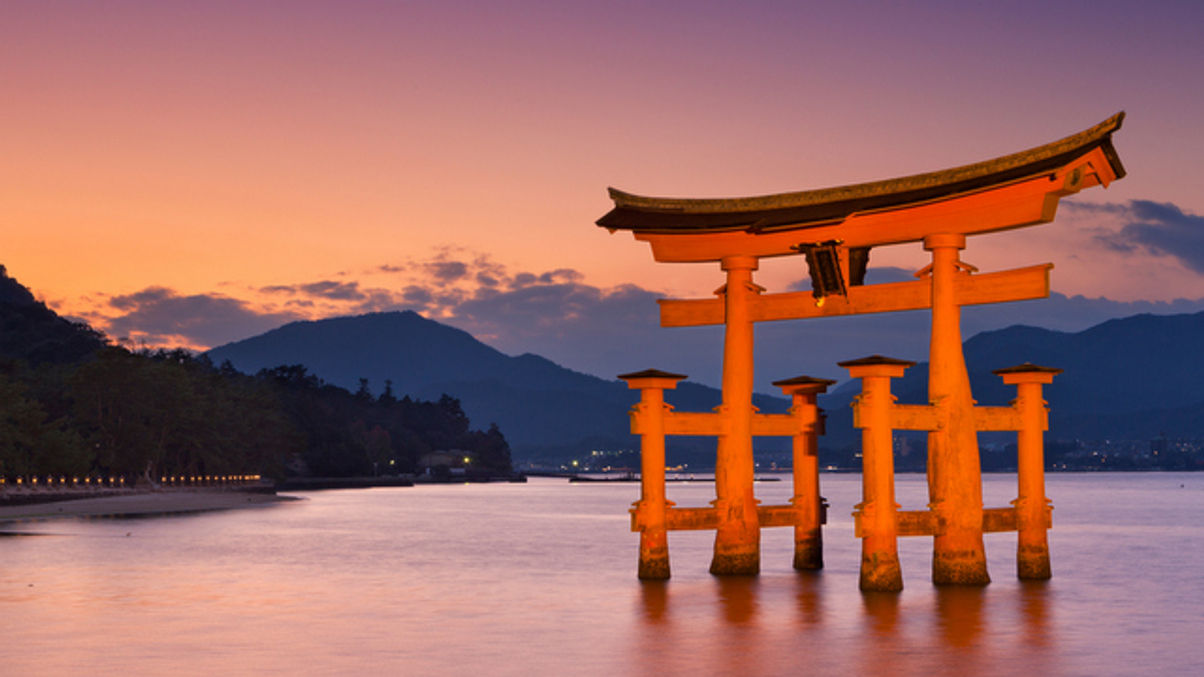Japan’s PFA laments lack of local alternatives
Daisuke Hamaguchi, CIO of the Pension Fund Association, wants to boost returns, but faces an immature domestic alternatives market and rising hedging costs.

The Pension Fund Association (PFA), Japan’s largest private-sector retirement fund with $100 billion under management, wants higher returns but lacks sufficiently high-yielding opportunities at home, says chief investment officer Daisuke Hamaguchi.
Sign In to Your Account
Access Exclusive AsianInvestor Content!
Please sign in to your subscription to unlock full access to our premium AI resources.
Free Registration & 7-Day Trial
Register now to enjoy a 7-day free trial—no registration fees required. Click the link to get started.
Note: This free trial is a one-time offer.
¬ Haymarket Media Limited. All rights reserved.


